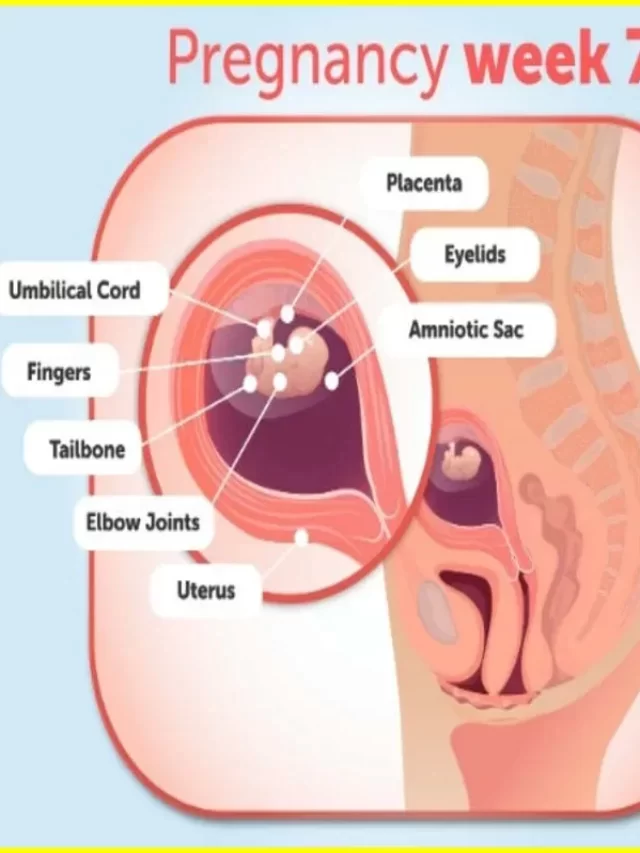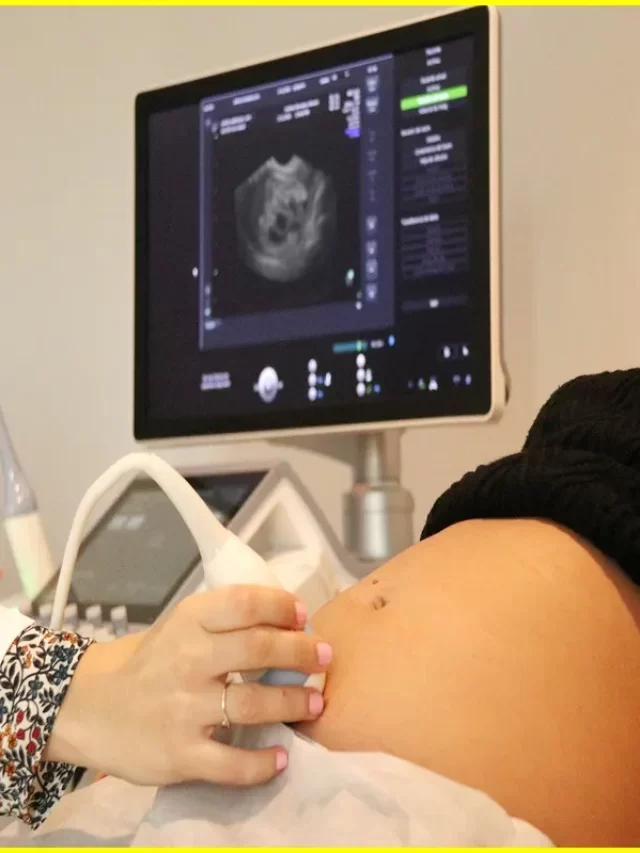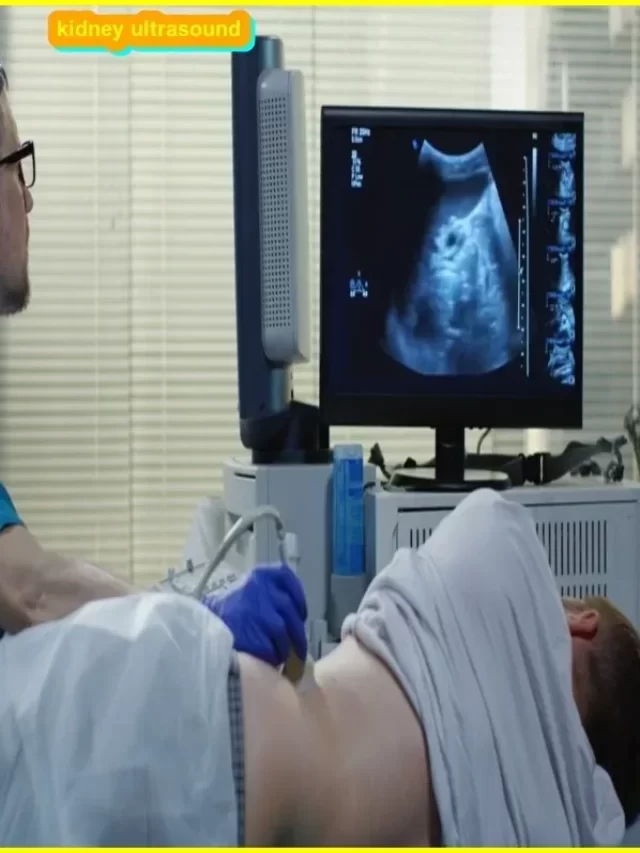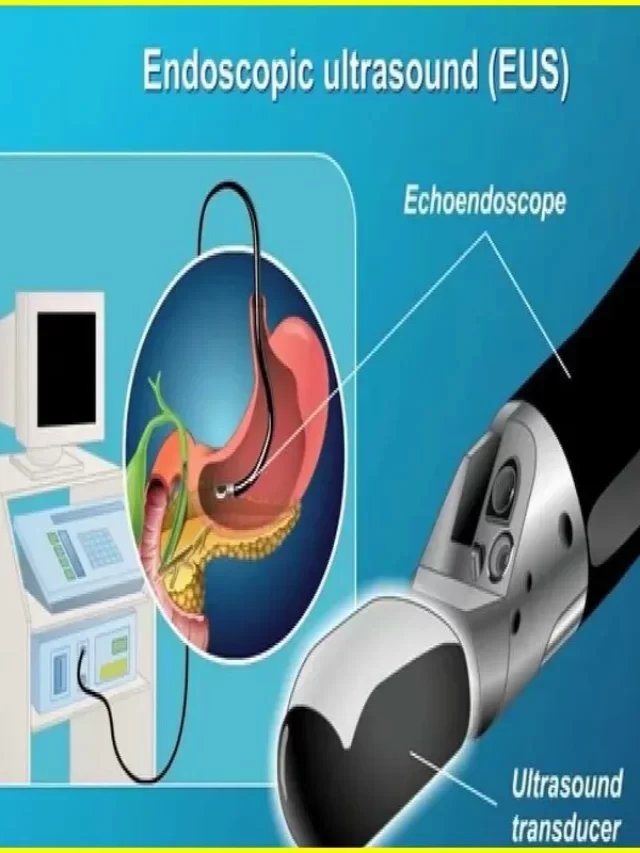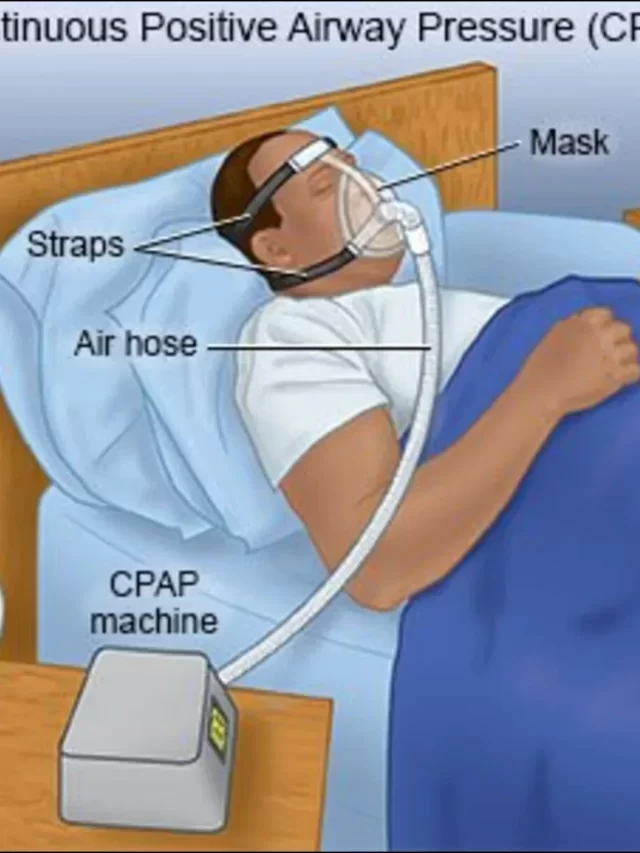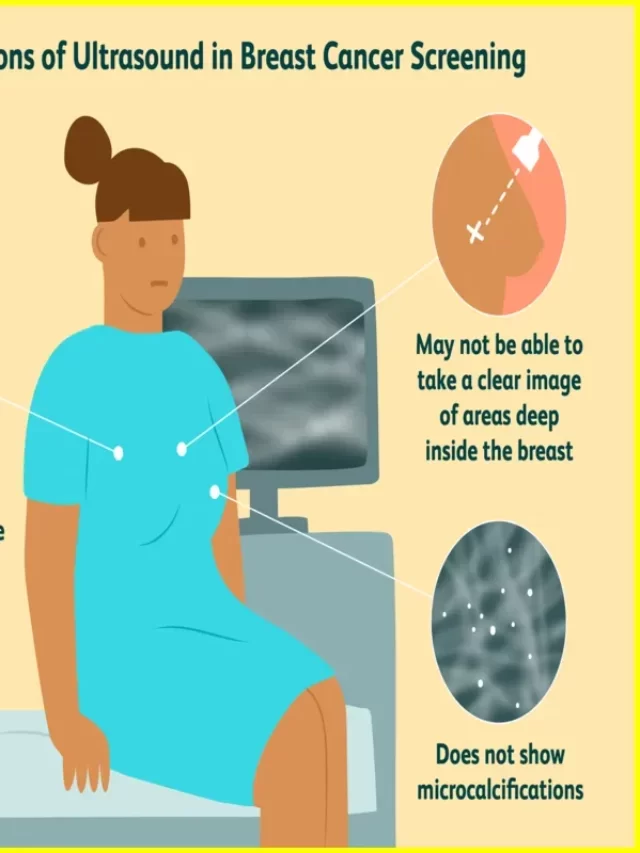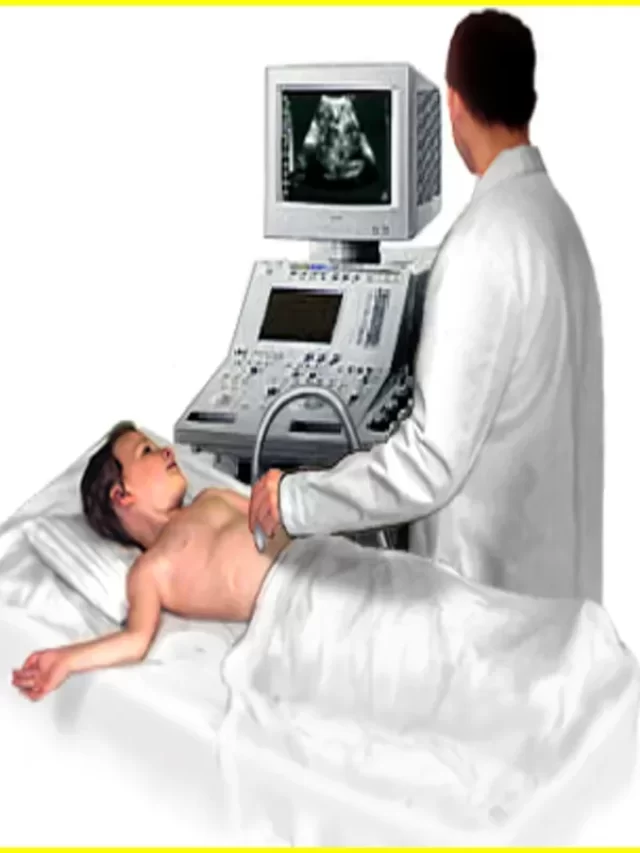Tracheostomy Vs Ventilator
Have you ever wondered what is the difference between Tracheostomy Vs Ventilator? Both of these medical interventions can help with breathing, but they serve different purposes. In this blog post, we’ll explore the key differences between a tracheostomy and a ventilator, so you can better understand which option may be right for you or a loved one in need of respiratory assistance.
Whether it’s due to illness, injury, or other factors affecting the ability to breathe, knowing about these options can help make informed decisions about health care treatment. So let’s dive in and explore the pros and cons of each approach.
Tracheostomy Recovery time
Tracheostomy is a procedure that makes an opening in the neck so that a tube can be inserted into the windpipe (trachea). This tube is called a tracheostomy tube or trach. It is used when a person cannot breathe on their own or when they need assistance with breathing.
A ventilator is a machine that helps a person breathe. Ventilators are used when people are unable to breathe on their own, and they are unable to be weaned off the ventilator.
There is no set time for how long it will take to recover from a tracheostomy. Some people may only need a trachea for a short time, while others may need it for a longer period of time. The length of time will depend on several factors, such as why the trek was needed in the first place and how well the person has recovered.
Some people may have minor complications after a tracheostomy, such as bleeding or infection. These can usually be treated with medication and do not require further surgery. In rare cases, more serious complications can occur, such as damage to the nerves in the neck or problems with swallowing.
Article About:- Health & fitness
Article About:- Medical Technology
Article About:-Sports

Going from ventilator to tracheostomy
Tracheostomy is a surgical procedure that involves making an incision in the neck and opening a direct airway through the trachea (windpipe). A ventilator is a machine that helps pump air into the lungs.
There are many reasons why someone may need to switch from a ventilator to a tracheostomy. In some cases, the person may have been on a ventilator for so long that it is no longer possible to wean them off it. In other cases, a person may be unable to breathe on their own due to injury or illness.
Several steps need to be taken to ensure a successful transition from ventilator to tracheostomy. First, it is important to consult with a medical team who can assess the individual’s needs and ensure they are ready for surgery. Once the decision has been made to proceed with a tracheostomy, the next step is to prepare for surgery. This includes preparing all the necessary equipment and supplies as well as making sure the person understands what will happen during and after the procedure.
After surgery is complete, it is important to monitor the person closely and make sure they are healing properly. The first few days after a tracheostomy can be very difficult as the body adjusts to breathing through a new opening in the neck. However, with proper care and support, most people can make a successful transition from a ventilator to a tracheostomy.
Tracheostomy vs intubation
There are two main types of mechanical ventilation: tracheostomy and intubation. Tracheostomy is a surgical procedure in which a small incision is made in the neck and a tube is inserted into the windpipe (trachea). This tube is then connected to a ventilator, which helps the patient breathe. Intubation is a similar procedure, but the tube is inserted through the nose or mouth and down the throat into the trachea. Both procedures are used to help patients who cannot breathe on their own.
Tracheostomy is typically used for patients who require prolonged mechanical ventilation, whereas intubation is usually only required for short periods of time. In some cases intubation may be preferred over tracheostomy as it is less invasive and can be performed without surgery. However, intubation can be more difficult than tracheostomy, and there are risks associated with both procedures.
Tracheostomy vs tracheotomy
Tracheostomy is a medical procedure that involves making an incision in the neck and inserting a tube into the windpipe. Tracheotomy is a similar procedure, but the incision is made in the trachea itself. Both procedures are used to allow air to enter the lungs when the normal breathing mechanism is impaired.
The main difference between tracheostomy and tracheotomy is the location of the incision. With a tracheostomy, an incision is made in the neck, just above the collarbone. With a tracheotomy, the incision is made directly into the trachea. Both procedures require general anesthesia.
Tracheostomies are more common than tracheotomy and are usually performed on an outpatient basis. Tracheotomies are usually reserved for patients who cannot tolerate tracheostomy or who require long-term ventilation.





